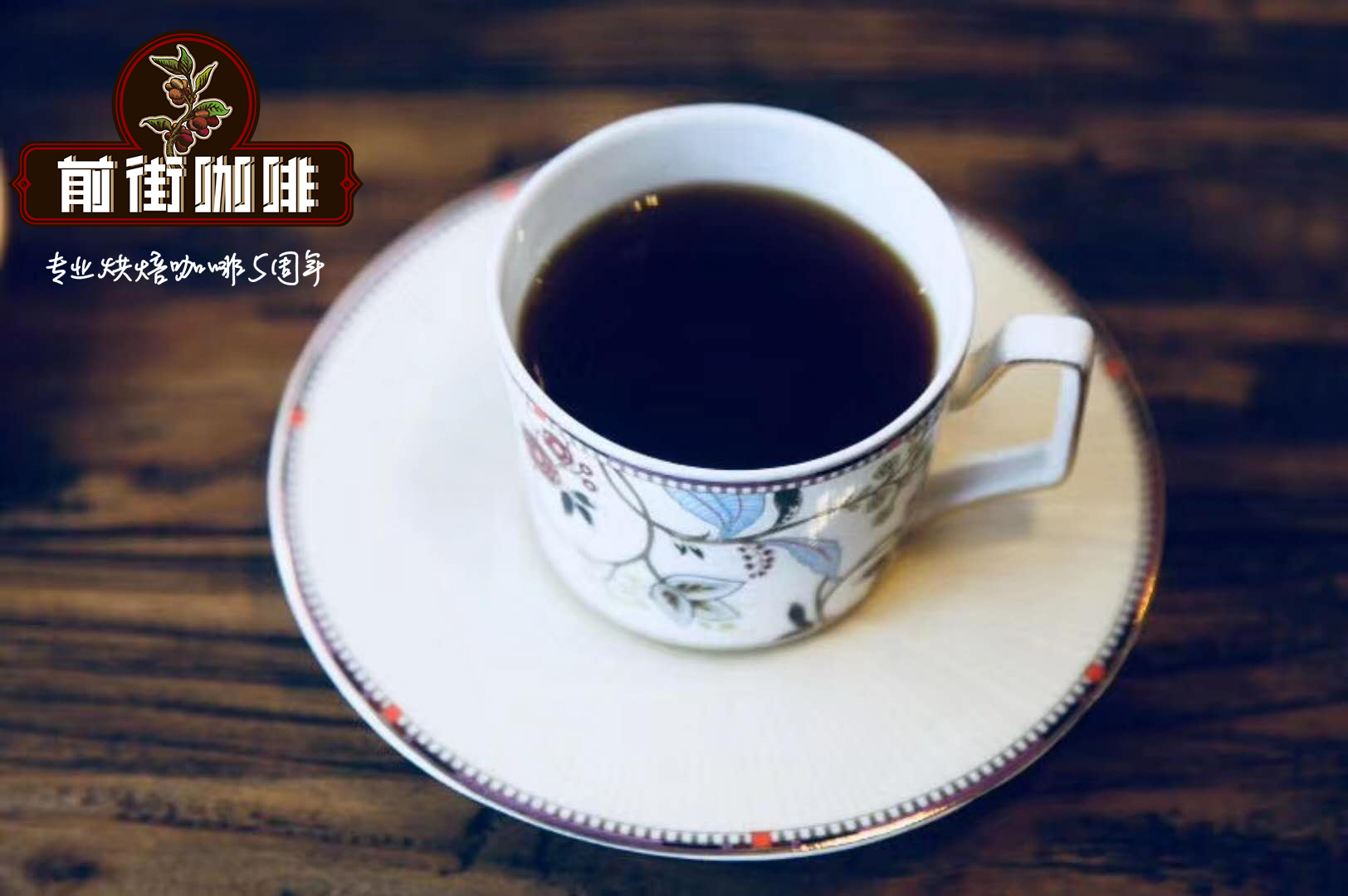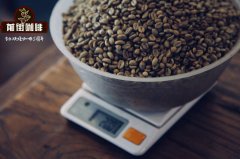The siphon pot Yega Fischer technique recommends the down pressing method, the mixing method, the pendulum method and the cross method.
The siphon pot Yega Fischer technique recommends the down pressing method, the mixing method, the pendulum method and the cross method.

Kochere is located in a small production area about 25 kilometers southeast of Yejashafi. The coffee beans harvested come from local small coffee farmers and are composed of a large number of small coffee farmers. The average farming area of these small coffee farmers is about 1 hectare and the altitude is about 1800-2000 meters. Coffee varieties are mainly a mixture of Typica (Tibica) and Heirloom (local native species). Because this producing area has relatively advanced raw bean water treatment equipment, it has always had a high level of performance in the field of washing treatment, and is praised for its clean and sweet complex flavors of honey and citrus. In the main local production mode, small coffee farmers will harvest red fruits and send them directly to the washing treatment plant of the neighboring cooperative for unified treatment. Water washing technology has been introduced into Ethiopia since the 1970s. At present, water washing is the main treatment of raw beans in Kochere. After the coffee fruit with graded red cherry color is screened by the washing plant, the peel is washed and fermented directly. After washing, the raw beans with shells are placed on the scaffolding for natural exposure and the humidity reaches 12% or less. They will be sent directly to the Awassa warehouse of the Ethiopia Commodity Exchange (ECX). Cup grading and quantity of beans normally washed are stored in the form of shell beans and will not be shelled until they are exported.
Yirgacheffe, in the province of Sidama, is itself a small town, with three small producing areas of Wenago, Kochere and Gelena Abaya nearby. Because the flavor of coffee produced is almost the same as that of Yega Sheffield, Kochere is also classified as Yega Sheffield. Ethiopia implemented a new trading and grading system in November 2009. in addition to Yega Xuefei, three new by-product areas such as Wenago, Kochere and Genlena/Abaya have been added, which shows that the flavor of these three areas is very meticulous and can be subdivided.
Siphon pot, easy to operate, widely loved by the public, and can make simple good coffee without destroying the original flavor of coffee, first of all, understand the basic operation of siphon pot:
Siphon cooking is as follows:
Ethiopia Yega Xuefei Kochel
Grade division: G1
Variety: Heirloom
Treatment: washing
Degree of grinding: small Fuji ghost teeth 4.5 (siphon is generally a little thicker than hand flushing)
Water temperature: 91 degrees
Steps:
1. Fill the kettle with water and coffee powder on the pot (make sure the hook of the filter is hooked)
two。 Heat the lower pot with an alcohol lamp or gas lamp (make sure the appearance of the lower pot is dry and dry)
3. The upper pot is inserted obliquely in the lower pot and heats up with the water in the lower pot.
4. When the lower pot bubbles slightly, insert the upper pot completely into the lower pot and confirm that it is a close match.
5. The water in the lower pot will slowly rise to the upper pot through the glass tube (some water will remain in the lower pot as normal)
6. Gently press the coffee powder into the water with a stirring stick and gently stir for 1 or 2 times.
7. As the powder is added first, stand still for about 45 seconds.
8. Stir gently again
9. Remove the fire from the lower pot so that the coffee from the upper pot flows back to the next pot
10. After the coffee in the upper pot has completely flowed back to the next pot, gently push the upper pot and pull it out to separate the upper pot and the lower pot (do not rotate)
After mastering the basic operation method of siphon pot, in order to further improve the level of siphon use, it is undoubtedly a very important topic to study how to stir. Different stirring will lead to subtle changes in the flavor of coffee. We can try how different stirring will change the coffee from the two aspects of stirring technique and timing.
The grip of the stirring rod
Take the stirring rod as the axis, as if holding a pen, holding the stirring rod with thumb, index finger and 2 fingers.
The middle finger against the stirring rod.
The method of stirring
Although there is a non-mainstream strong mixing method, but the vast majority of stirring have reached a consensus, that is, stirring should be gentle, no matter what means, do not use too much force. But remember that gentle does not mean slow, not like slow motion even if gentle, gentle should be a kind of feeling, is the grasp of strength. Here are some common techniques.
1. Down pressing method
In fact, the pressing method is not stirring, but pressing down the coffee powder originally floating on the water, so that the powder can be in close contact with the water. When pressing down, let one end of the stirring stick slide along the wall of the upper pot, and slowly press the powder into the surface of the water, not to the end, just shallow. The core of the pressing method is quietness, and there must be a state of mind that does not disturb coffee extraction in order to give full play to this technique. This technique is generally used when the water is stirred for the first time as soon as the water rises to the top of the pot.
2. Stirring method
The circle method is very easy to master and is usually more like stirring. When stirring, you should also stir gently, insert the mixing piece into the liquid surface at 1/3 of the depth of the kettle, and then stir it in a circle along the kettle wall. This technique is the easiest way to make what the Taiwanese call a hill-shaped powder.
3. Pendulum method
The pendulum method allows your mixing stick to be carried out in the arc of the pendulum, and when stirring should also be gentle, insert the mixing piece into the liquid surface to 1/3 of the depth of the upper pot, then press the coffee powder along the arc shown in figures 1 to 2 below, and pull the mixing stick to the pot wall (try not to touch the pot wall). This technique is the easiest way to make the coffee taste softer.
4. Cross method
The cross method should still be gentle, and the handle will be more demanding, and the stirring trajectory is shown in the picture. Stir the pieces gently back and forth with "cross" on the surface of the water. This technique can be used alone or with the pendulum method.
The timing of stirring
The discussion on the timing of stirring is relatively simple. At present, the mainstream is two and three times, and the two times of stirring are in the
Water rises to the upper pot, stir once (first add powder) or water rises to the upper pot, add powder and then stir (then add powder)
Stir once during flameout
Three times is to add a stirring in the middle on the basis of two times.
I personally understand that the core question of two and three times is aimed at whether steaming needs to be carried out throughout. If the coffee powder is fresh enough, the firepower is well controlled, and the coffee powder is stirred in place for the first time, the coffee powder will form a lid. This is called steaming.
Practical parameters of extraction time:
30 seconds 45 seconds → medium deep baking, deep baked beans
45 seconds 60 seconds → moderate shade, suitable for shallow baking, medium baking, shallow baking
The → concentration, viscosity, aroma and bitterness increased for more than 60 seconds, which is suitable for heavy-flavored old cigarettes.
Important Notice :
前街咖啡 FrontStreet Coffee has moved to new addredd:
FrontStreet Coffee Address: 315,Donghua East Road,GuangZhou
Tel:020 38364473
- Prev

Introduction and Flavor trend of Yega Ficochel Manor in Ethiopia
Introduction and Flavor of Yega Fischer Manor in Ethiopia (Ethiopia) production area of Ethiopia (Ethiopia) the highest grade ECX G1 is 1900-2000 meters above sea level local native species producers local cooperative small farmer treatment water washing introduction: Yirgacheffe located in Sidama province due to the flavor of the coffee produced
- Next

Introduction to Yega Xuefei Erica / Erica Aricha idido Raw Bean Raw Bean Grade and Cooking Flavor
Yega Chuefei / Erica Aricha idido Raw Bean Classification Yega Chefe is located in Ethiopia, the birthplace of Arabica coffee beans. It is a natural wetland, so Yega Xuefei originally means "Let's settle down on this wetland." Originally belonged to the Sidama producing area, because the coffee beans produced in the vicinity of the town of Yegashifi are unique.
Related
- Detailed explanation of Jadeite planting Land in Panamanian Jadeite Manor introduction to the grading system of Jadeite competitive bidding, Red bid, Green bid and Rose Summer
- Story of Coffee planting in Brenka region of Costa Rica Stonehenge Manor anaerobic heavy honey treatment of flavor mouth
- What's on the barrel of Blue Mountain Coffee beans?
- Can American coffee also pull flowers? How to use hot American style to pull out a good-looking pattern?
- Can you make a cold extract with coffee beans? What is the right proportion for cold-extracted coffee formula?
- Indonesian PWN Gold Mandrine Coffee Origin Features Flavor How to Chong? Mandolin coffee is American.
- A brief introduction to the flavor characteristics of Brazilian yellow bourbon coffee beans
- What is the effect of different water quality on the flavor of cold-extracted coffee? What kind of water is best for brewing coffee?
- Why do you think of Rose Summer whenever you mention Panamanian coffee?
- Introduction to the characteristics of authentic blue mountain coffee bean producing areas? What is the CIB Coffee Authority in Jamaica?

